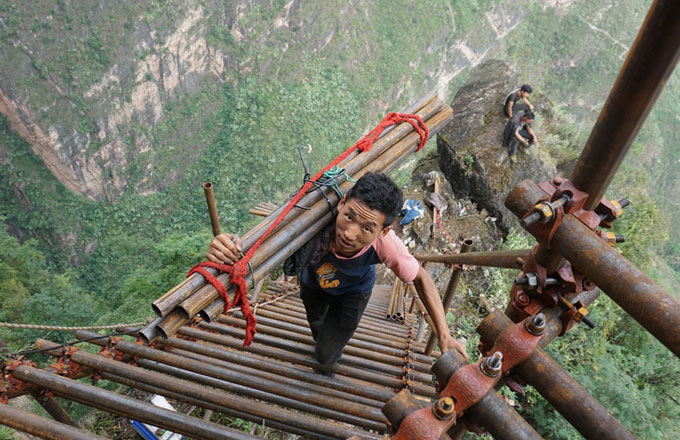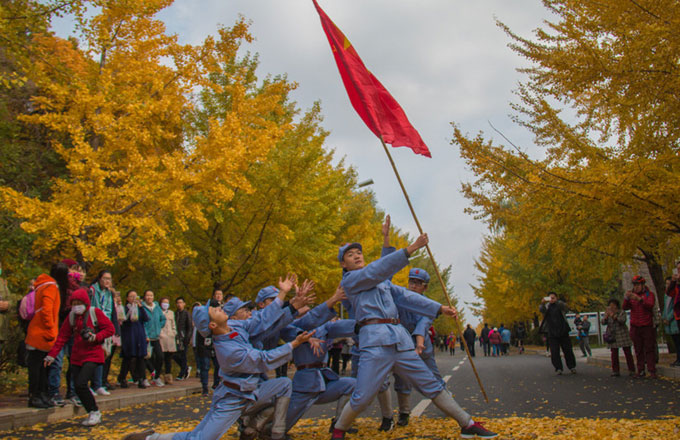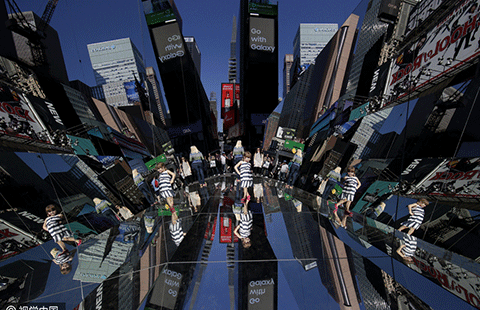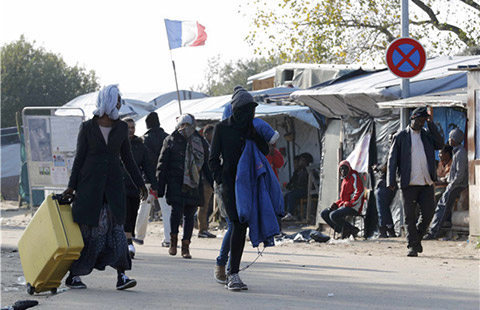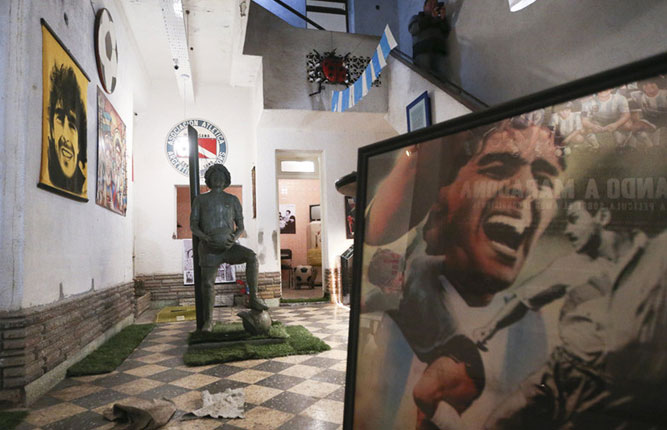

BEIJING - Beijing will encourage non-government investment in the protection and restoration of the city's historical architecture this year, officials said at the ongoing annual legislative sessions.
Kong Fanzhi, chief of the city's cultural relics bureau, said the bureau is considering whether to allow foreign investment to flow toward protection efforts.
According to the report delivered by the city's development and reform commission at the first session of the 14th Beijing Municipal People's Congress, the legislative body, the city will explore new measures for restoring and developing its traditional urban neighborhoods on the premise that land usage remains the same.
Social investment will be welcomed in the protection of historical architecture, such as the former residences of historic figures, courtyard homes, traditional alleys and streets, to revive the vitality of the old city, said the report.
Repair and restoration work should be based on the original architectural style, said Kong, who is also a member of the Beijing Municipal Committee of the Chinese People's Political Consultative Conference (CPPCC), the political advisory body.
Individuals and companies may profit from conducting tourism-related businesses and renting spaces as accommodations or venues for cultural and commercial events, he said.
The bureau will jointly establish a detailed program with the city's housing management, construction and planning departments, and select a pilot project to implement, he said.
Beijing is famous for its traditional blocks composed of quadrangle courtyard dwellings, or "siheyuan," and winding alleys, known as "hutong." Many of these architectural features, however, have given way to modern Beijing's hunger for glitzy high-rises and contemporary apartment blocks.
Property developers have demolished historic sites, triggering public calls for better protection for the sites.
In one case, the former home of famed architect Liang Sicheng and his wife, Lin Huiyin, was torn down last year. The developer was later fined and ordered to restore the residence to its original condition.
The temporary residence of late Chinese writer Lu Xun in Beijing's Xicheng District could have met the same fate, but the district government halted demolition work in response to public outcry.
Currently, protection work is solely supported by government funding, which is far from adequate, and the participation of individuals or institutions is expected to expedite the process of restoring and rejuvenating the old city, according to Kong.
Kong said the total area of Beijing's traditional blocks exceeds 20 square kilometers, and for protection purposes, around 400,000 residents will need to be moved out of the area to ease overcrowding.
Figures show that the city invested 1 billion yuan ($159 million) in cultural relics restoration and renovation last year, marking not only the highest such investment to date, but also a notable increase from the 150 million yuan spent annually in previous years.
"Although the government has poured a lot of money into the project, there is still a large funding shortfall," he said.
Xie Chensheng, a drafter of China's Cultural Relics Protection Law, said the law prohibits individual or private enterprise participation in cultural relic sites.
The law stipulates that State-owned cultural relics may not be sold or mortgaged, and State-owned cultural relics protection institutions, including museums and other tourism sites, shall not be operated as commercial assets.
"Social participants should be protective of, not destructive toward, the traditional blocks, such as siheyuan," said Xie.


